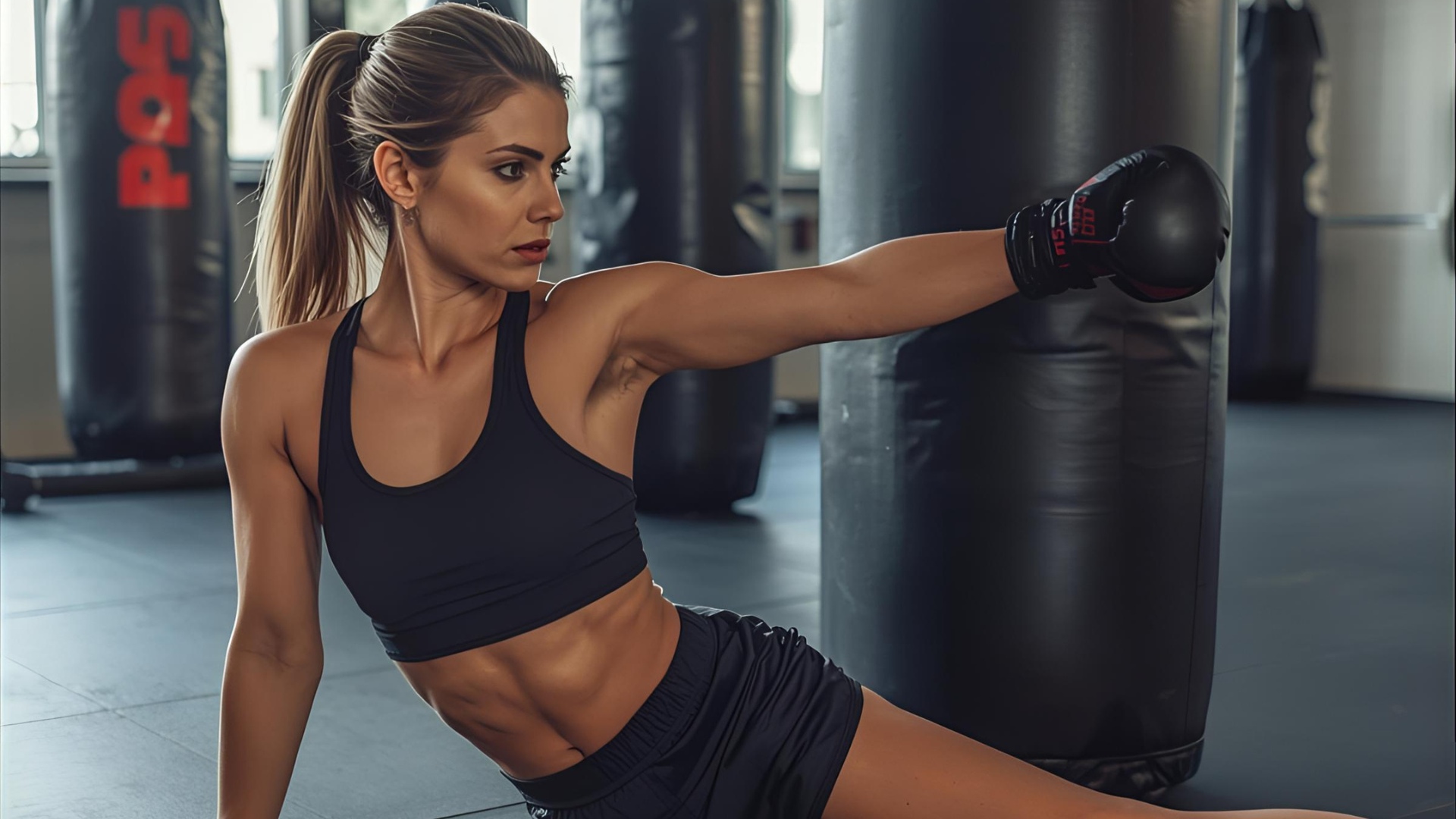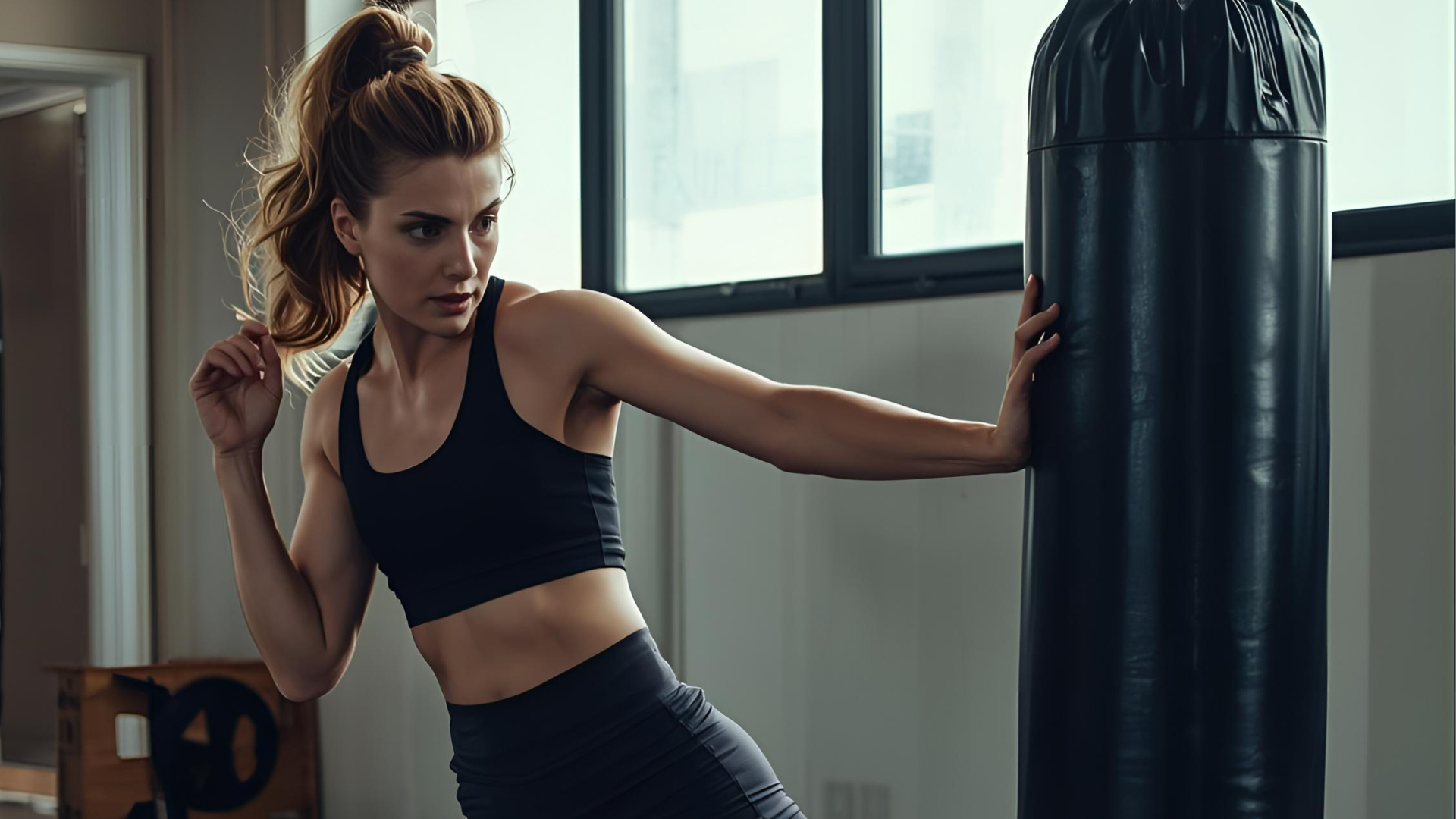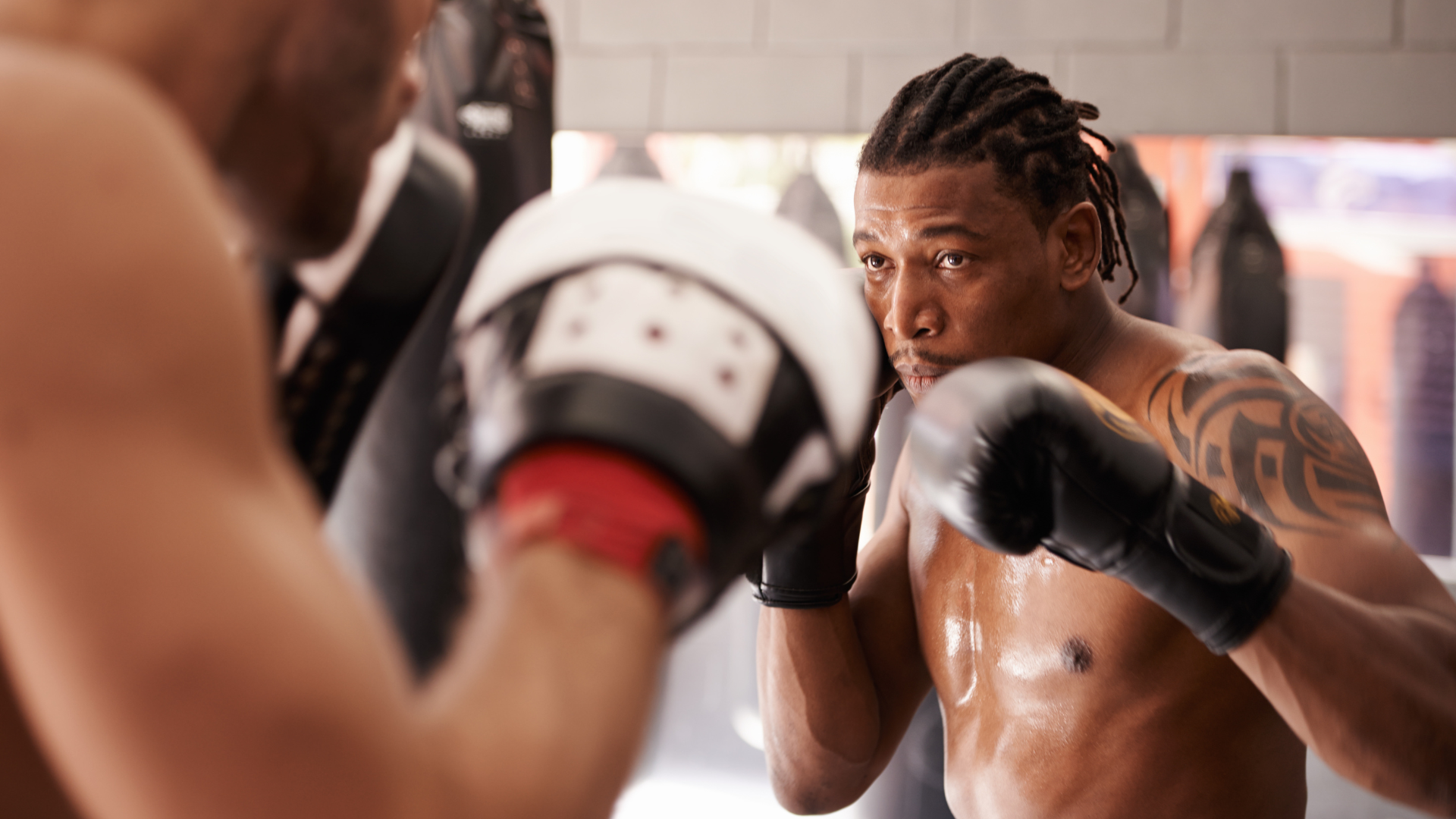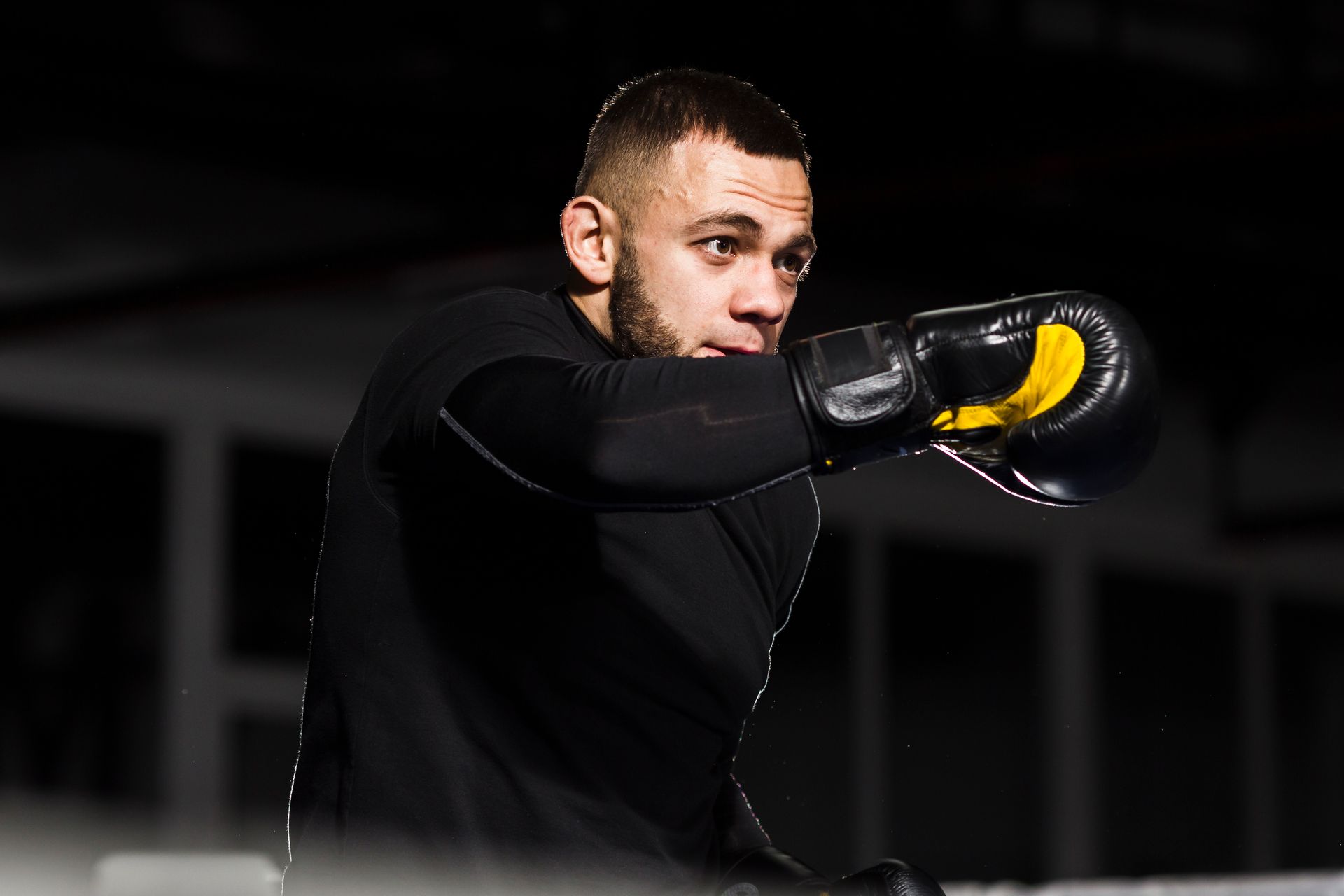Boxing is about more than power and speed—it’s about taking care of your body so you can train harder and longer. Stretching may not seem exciting compared to hitting the heavy bag, but it’s one of the smartest habits you can build as a fighter. By improving flexibility, preventing injuries, boosting recovery, and sharpening your technique, stretching becomes a secret weapon in your boxing toolbox.
So the next time you step into the gym, don’t skip the stretches. Your future self—and your boxing skills—will thank you.
